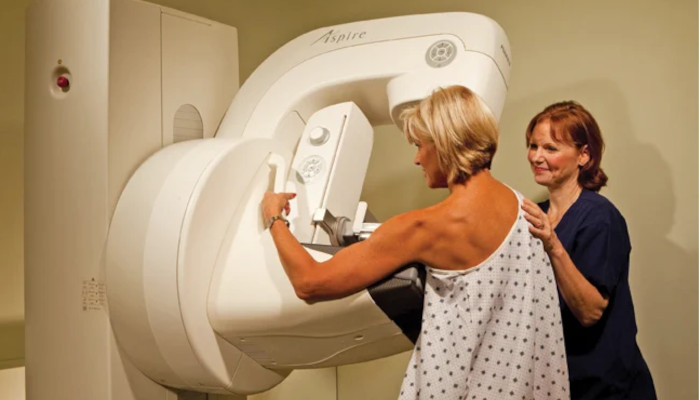Mammography, along with monthly self-examinations and regular physical examinations of the breasts, provides the best chance for early detection of breast cancer. By detecting small tumors before they can be felt and before they have spread, the possibility of a cure is very high.
Early detection makes it possible to give treatment and save the breast. Screening mammography is the key to early detection. This is the only way to find breast cancer before it can be felt. Having routine mammography in conjunction with physical examination is a vital part of your ongoing good breast health.
In breast cancer care, every woman places her trust in accurate and early detection. To live up to this trust, you need to be able to make confident diagnostic decisions. But can you really trust in what you see?
Increase your diagnostic confidence efficiently and easily with High Definition Breast Tomosynthesis. Already superior with the widest angle, the highest number of projections, and full detector readout, it is now the world’s first tomosynthesis to incorporate EMPIRE Technology:
– See tissue and lesions with unprecedented clarity
– View microcalcifications clearly, and their morphology precisely
– Get Insight, the first synthetic visualization of tomosynthesis in 2D and 3D
– Reduce patient dose by replacing additional mammograms with Insight 2D
– Gain new depth with Insight 3D, for you, your peers and your patients
HMI utilizes state-of-the-art digital mammography, shown to be more accurate than film screen mammography among women under the age of 50 years, women with heterogeneously dense or extremely dense breasts on mammography, and premenopausal or perimenopausal women.
Digital mammography offers other advantages over film mammography, including easier access to images and computer-assisted diagnosis (R2® Checker); improved means of transmission, retrieval, and storage of images; and a lower average radiation dose without a compromise in diagnostic accuracy.







